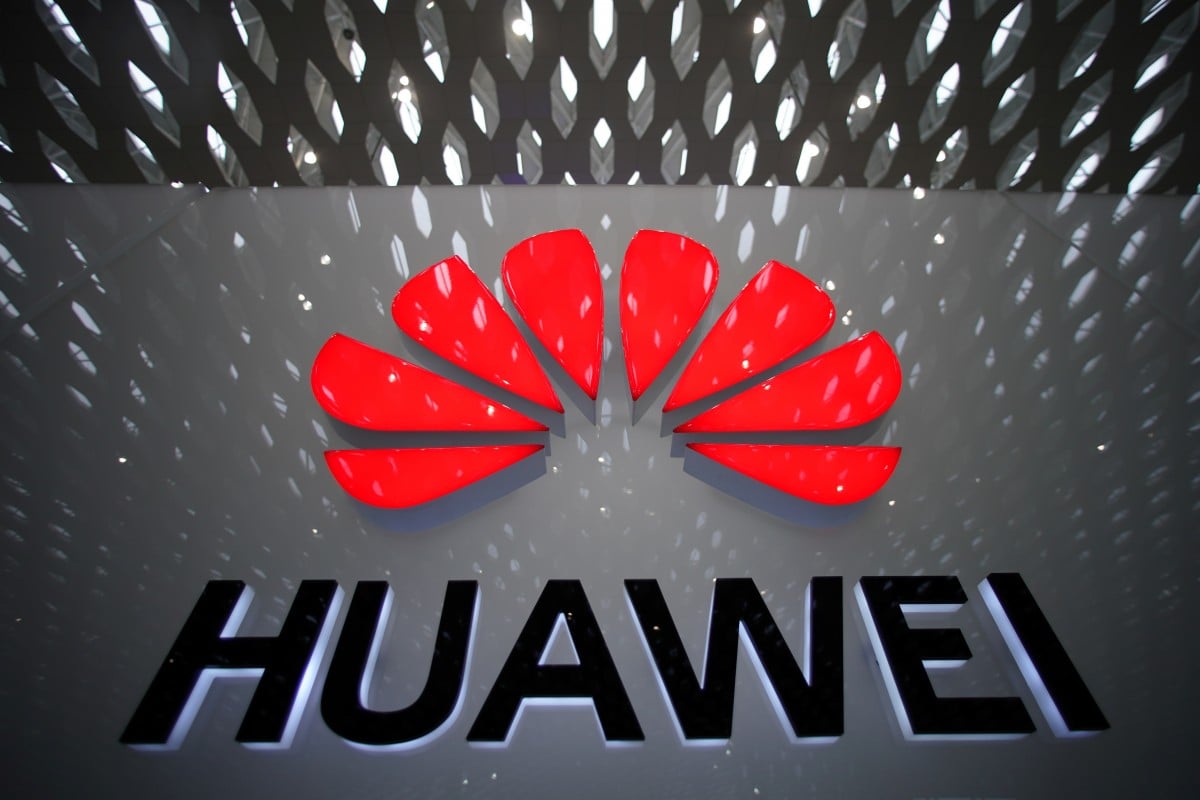Chinese tech powerhouse Huawei was the global leader in 5G technology before the US blacklist began in 2019. The company endured a turbulent period subsequently, as it grappled with a stiffer US sanction. The impact of the US blacklist is reflected in the financials of the company, as it released its mid-year report showing a 29.4% decline in its overall revenue of CNY 320.4 billion ($49.5 billion) from last year. The consumer electronics arm of the company was the most affected with revenue plummeting by 47% from 2020. This was due to the chip challenges and software blockade that resulted from the US blacklist. Significantly, Huawei had to sell its Honor brand as a survival strategy.
However, the half-year results also reflect the new focus of Huawei in the pursuit of its ambition as a software hub. The revenue from enterprise activities grew by about 18.2% from last year, and this is predicted to continue in an upward movement. Huawei’s resilience is reflected in its expanding ecosystem which includes cloud-based solutions. The HarmonyOS operating system which rivals Google’s Android OS is Huawei’s perfect response to the US blacklist. Currently, there are over 15 million devices using HarmonyOS, and this is bound to increase by the year’s end.
Recent months have seen a great number of product launches by Huawei, and the outlook remains bright for the rest of the year. The full-year results may show a strong rebound going by the raft of products and software solutions already in place. Hence the company may have just seen its worst year yet.
Huawei’s President Eric Xu says survival is paramount, as it seeks to balance itself and prevent future shocks with its software pivot. The company is building resilience through diversification and is pursuing a sustainable survival plan within the next 5 years.
RELATED:
- Tipster hints the Huawei Mate 50 will also have a next-gen Snapdragon version
- Huawei now pushing HarmonyOS 2 stable version to 65 Huawei & Honor devices
- Huawei could be working on Mate X Rollable, with an extending display
- OPPO Enco X TWS Earbuds get a Blue color in India priced at ₹9,990(~$135)
(source)






